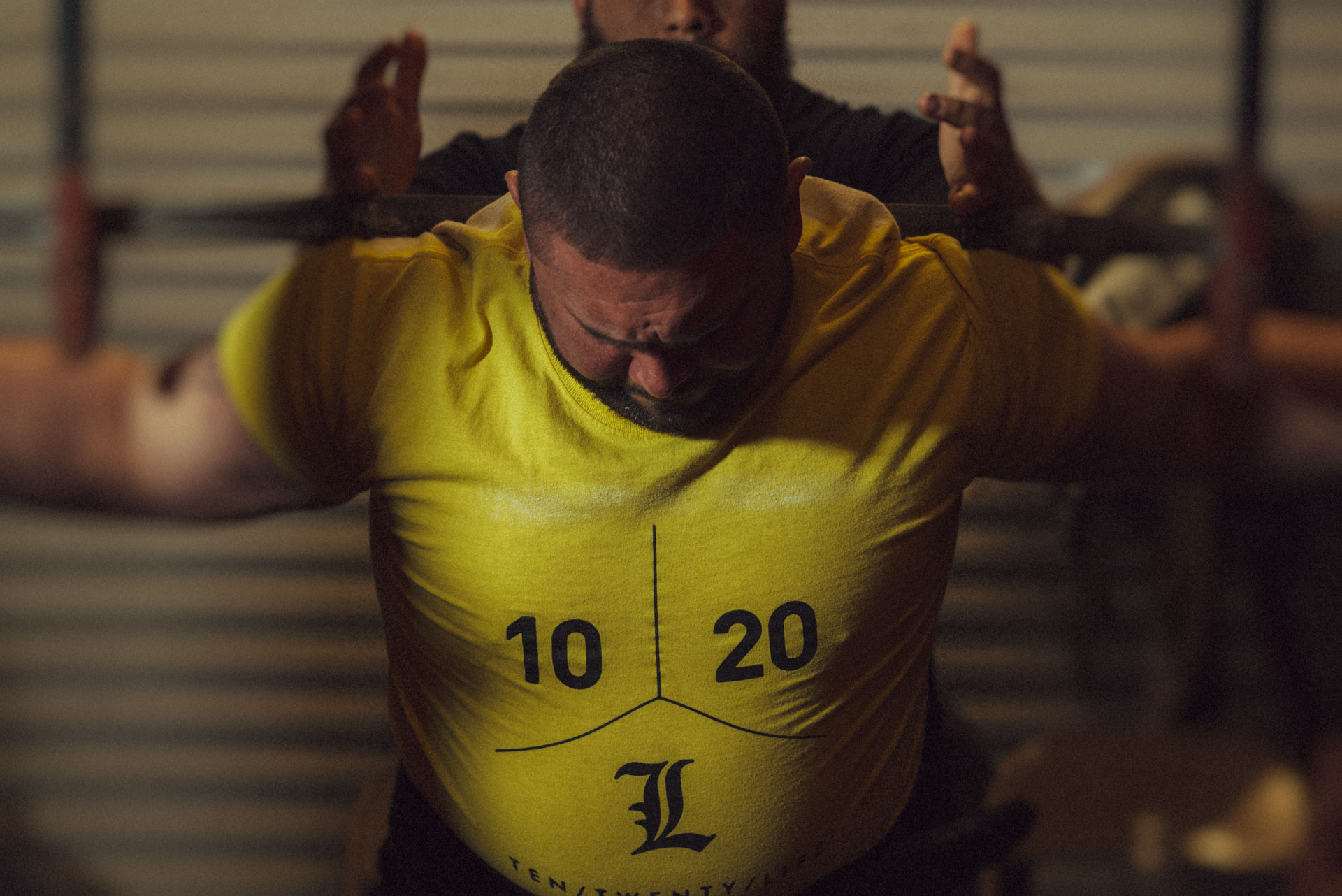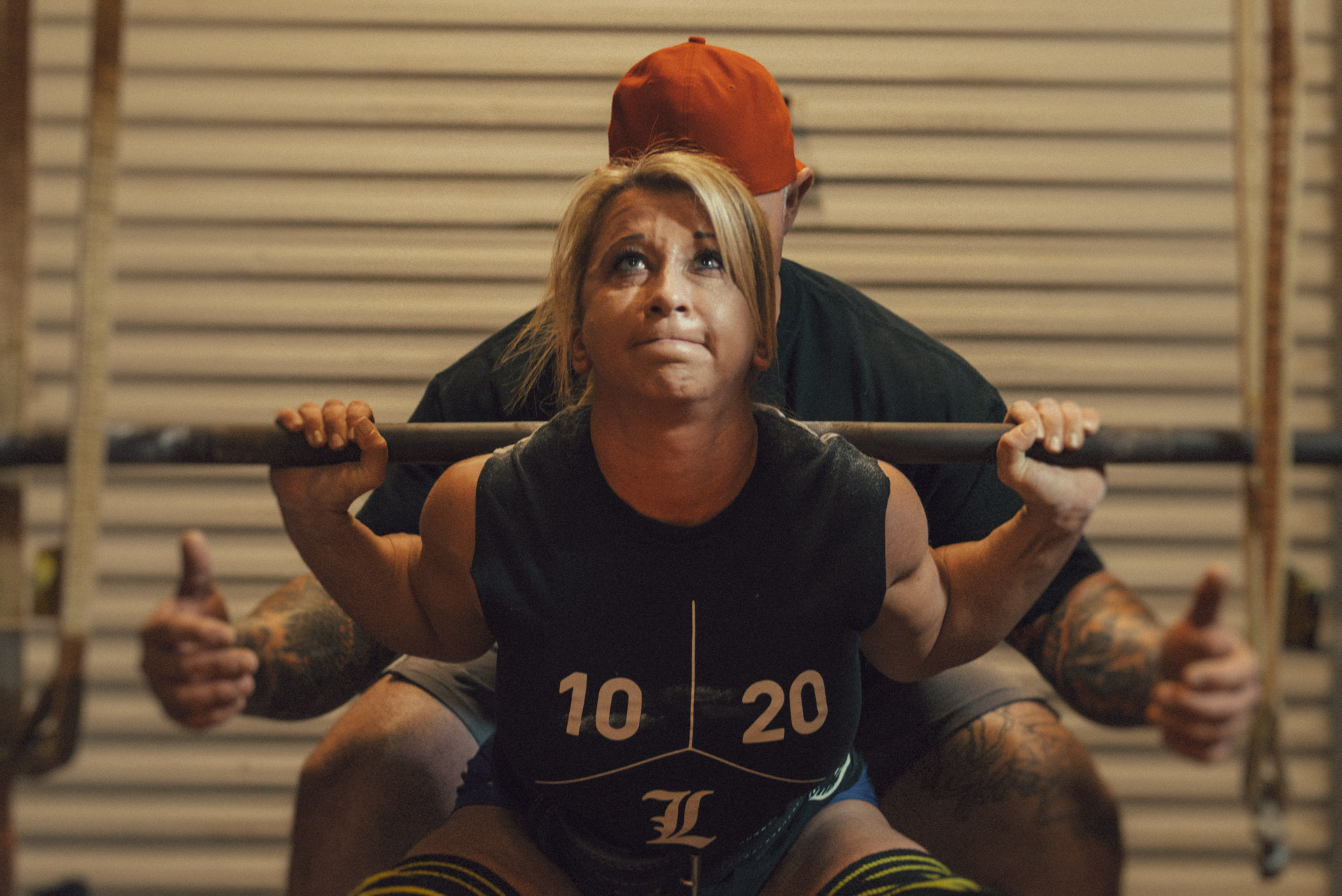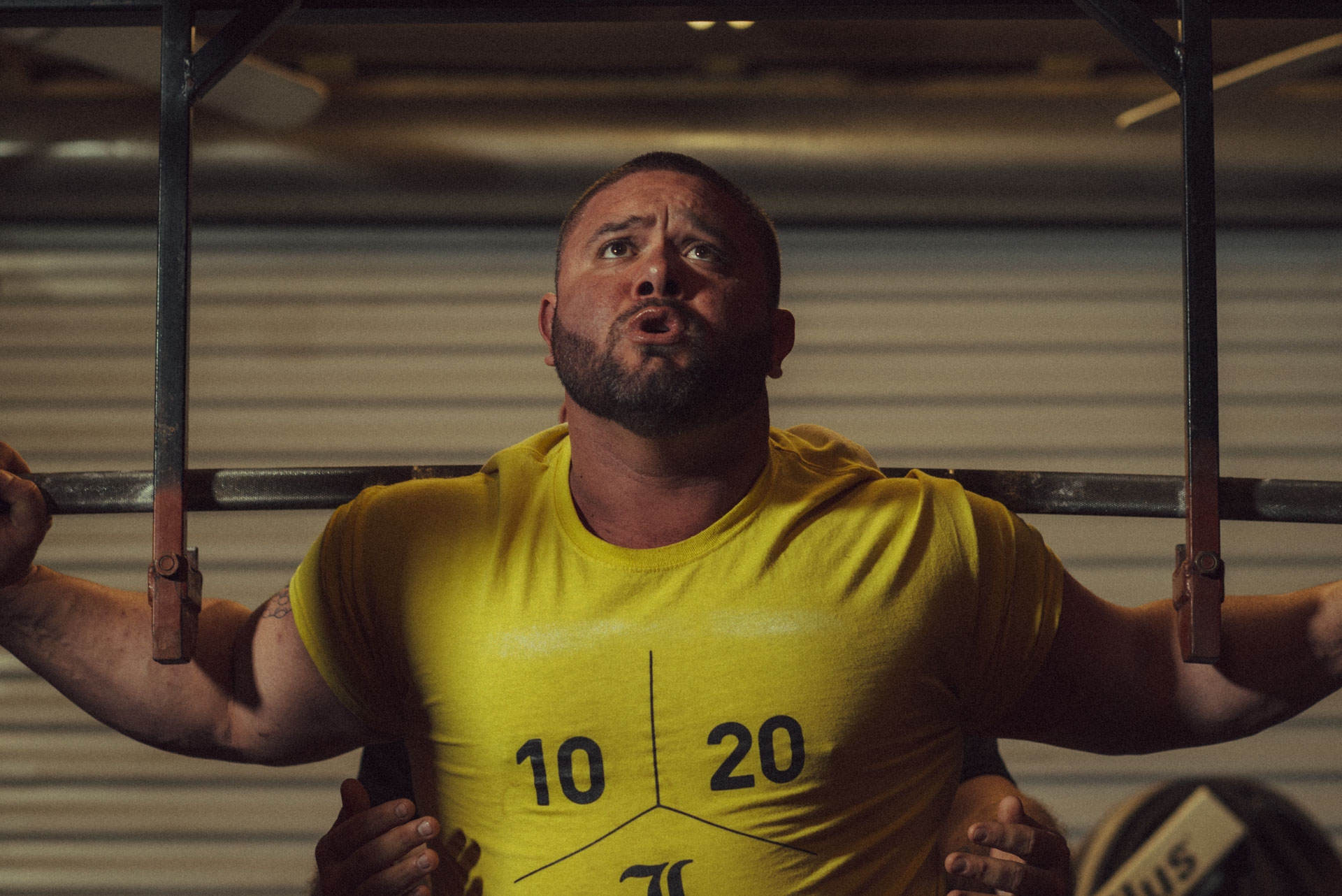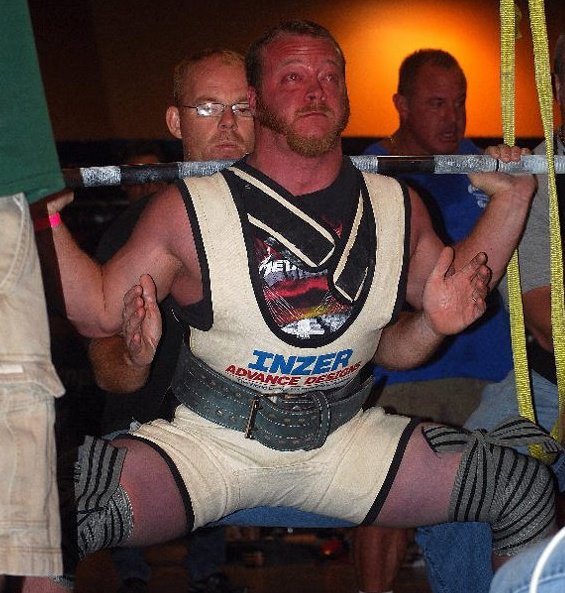
26 Oct The Art of a Big Squat: Points to Consider
By Jonathan Byrd
Building a big squat is an art form. It takes time, consistency, a little luck, and a hell of a lot of hard work. I have been blessed to coach some amazing squatters, while being a decent one myself. It is not by chance that most of my clients squat big, it’s because of the process. To lay a little back ground I have coached a 1,100lb equipped squat, a high 900lb raw squat, four 800lb raw squats, several top 20 all time squats, and one all time drug tested world record. I myself have squatted 1,000lbs (equipped) 10 times in competition, over 3 different weight classes, and at least 1 time every year since 2012. I say all that not to pat myself on the back, but to make it clear that I am not the internet guru that I warned you about!
[wa-wps]
When it comes to developing big squat there are a few areas that need to be focused on. Each one presents its own values but it’s the combination of these areas that will help you develop a bigger squat.
The first area I always focus on is form. It is true that I coach each lifter to use very similar form, but it is much more detailed than that. The coaching points are always similar, but the ques are much different from person to person. Some lifters need to focus on keeping their elbows down to focus on keeping their upper back tight, wedged and locked in. Some need to work on their unrack, stabilizing at the top being fully locked out with their quads. Most lifters need to hear and constantly focus on clearing their hips back at the start of the lift. The style of squatting that we advocate in 10/20/Life works across the board, but it’s the fine tuning of the form that makes a good squatter great.
Another area that has to really be drilled home is the importance of specific movements to target weak points. I know people probably get sick of hearing this, but it’s the truth. This is a major key to taking the next step in a big squat. Being able to determine where your weak points are will help you make that weak point go away. This is much easier said than done, and often when we coach or train by ourselves we lose track of what might actually be weak. No matter your strength level or how long you have been training, I suggest allowing another knowledgeable person to look at your misses or near misses. From there develop a plan to help fix those areas with targeted secondary movements, or even main movements depended on what your current training looks like.
Staying healthy! Of course there are times where it’s just bad luck. There are tons of non-training related injuries, and those can’t be helped inside the gym. What can be helped is a well-developed plan to keep you from being ran down, or developing nagging injuries. There are lots of ways to do this. The first area to adjust would be the amount of volume needed to make steady progress. Brian has hammered home this point in both his books and countless articles. Too much work can be counter productive, especially as an elite level lifter. Another mistake I see made way too often are these long extended training cycles. 20 weeks for a meet prep in my opinion is just crazy. Use some of that time to focus on the weak points and getting healthy. One of the biggest factors for staying healthy for both myself and my clients is the use of specialty bars. This is a great way to take some load off the shoulders, biceps, elbows, and pecs. By doing this you can also focus on some weak points based on the purpose of the bar.
Although this seems really obvious based off what I have discussed so far, but plain and simple….You need your own specific training plan. I would be willing to wager that most top level lifters do not use some cookie cutter program. Each person, body, and meet is different. You need a plan to target your weak points, your specific needs, and that will help you! I am not saying that every lifter must have a coach, but I am saying if you want to develop a big squat you better not be using a training program out of a magazine.
Developing a big squat will never be easy. It is going to take most people years, lots of mistakes, and a great training environment to be successful. What I do know for a fact is that if you follow these tips you will be on the right track to a big squat.
Jonathan Byrd
Latest posts by Jonathan Byrd (see all)
- Byrd: DAC and some lifting! - May 21, 2018
- Byrd: I Still Lift - May 7, 2018
- Client Spotlight: Jenna Rowe - April 27, 2018








Sorry, the comment form is closed at this time.